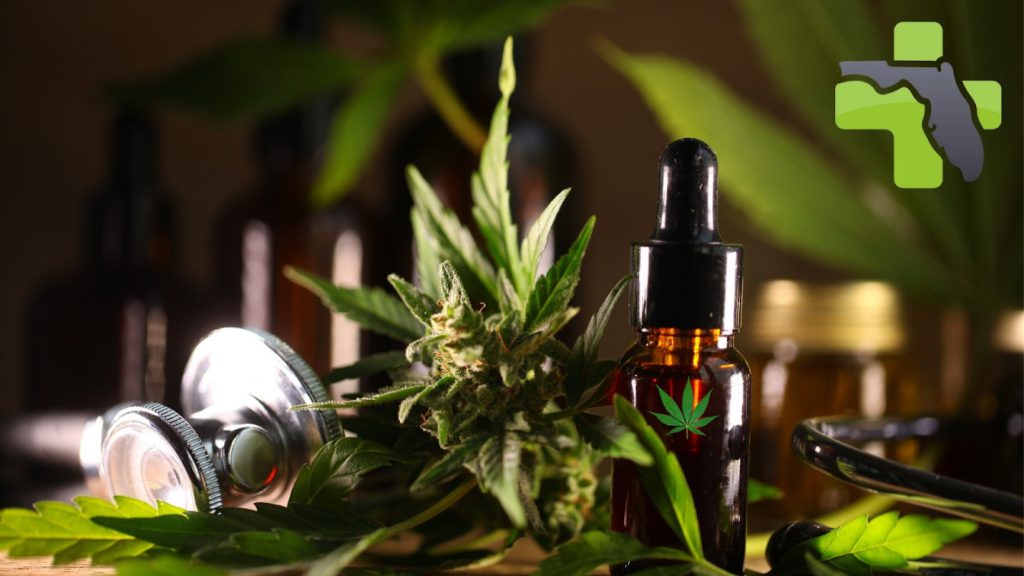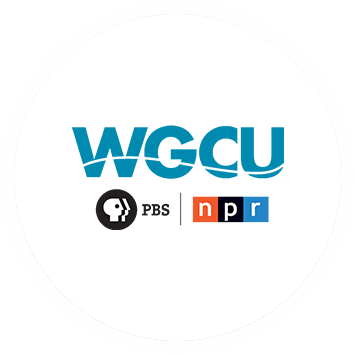Marijuana has long been used for both medicinal and recreational purposes. Extensive research in the past has established the benefits of Marijuana in managing various illnesses, including cancer, chronic pain, psychological disorders, headaches, and migraines. We will be looking in-depth at the effectiveness of Marijuana and its impacts on chronic headaches, including tension, cluster (trigeminal autonomic cephalalgias) medication-overuse headaches, and migraines. There is comprehensive literature and studies from trials that show evidence supporting the effectiveness of Marijuana in managing debilitating symptoms of acute and chronic headache, making it an excellent alternative treatment option.
Headaches cause acute pain and prolonged agony to those who suffer from them, making everyday life a challenge. Unfortunately, they are poorly managed in many cases, which leads to poor quality of life, hindering a person’s day-to-day functioning. These people have a hard time focusing on work, studies, and relationships. The traditional medicines that are used for managing headaches do not work for everyone, hence the advent of Marijuana as an effective pain-reducing drug is a ray hope for millions of people.
What are Headaches?
Headaches are very common yet more complicated than we realize. Almost everyone experiences some type of headache many times during their lives. Headaches are caused by different factors, can have their own set of symptoms, and need different treatments, based on the causative factor.
The main symptoms include pain in the head, face or both which can sometimes radiate to the neck. The nature of the pain varies with each type, and can range from a throbbing, constant, sharp or dull ache in one part or the entire head, neck, and face.
What are the different types of Headaches?
The pathology and physiology of headache disorders has been investigated in-depth, and data from studies shows that headaches can be classified into various types, we will only mention some of the common ones here:
Tension headaches: These are one of the most common headaches. They cause chronic pain that typically presents with tightening spasms spreading bilaterally, which can be of mild to moderate intensity. These headaches can last from mere minutes to several days.
Cluster headaches are defined by severe unilateral pain in the orbital temporal regions and cause intense throbbing, burning or piercing pain behind or around the eyes. The pain is severe, causing people to become extremely restless. The pain can sometimes cause drooping of the eyelids, redness in the eyes and dilation of pupils. They were given this name because they tend to attack in groups, which lasts for about 15 minutes but can go up to two hours in extreme cases.
Medication-overuse headache (MOH) is a chronic medical condition in which the headache occurs for more than 15 days and usually manifests itself after frequent use of anti-headache medications.
Migraines are characterized by chronic severe pain, which can last from a few hours to 3 days or maybe more, and can have episodes from one to four times a month. Pain is commonly unilateral, pulsating of moderate-to-severe intensity, and is associated with photophobia and phonophobia. Other associated symptoms include sensitivity to light, noise, or smells; nausea or vomiting; loss of appetite; and upset stomach. The severe nature of the pain is enough to poorly affect the sufferers to miss days at work or school and put everything in their lives on hold until the pain clears.

Marijuana and Endocannabinoid System:
Research done by medical professionals has clearly shown that the cause of most headaches and migraines is the depletion of endocannabinoids. Endocannabinoids are produced in a person’s body, which regulates various systems like the brain and neurochemical functions. Research around the cannabis plant has found that the active ingredients in Marijuana are two primary components known as tetrahydrocannabinol (THC), cannabidiol (CBD), flavonoids, and terpenes. All these compounds found in the marijuana plant work together, in perfect synergy, to produce beneficial effects that modulate the person’s perceptions of their conditions, drastically reducing the symptoms.
Cannabinoids interact with the person’s endocannabinoid system and acts as a substitute for the missing endocannabinoids, thus making up for their deficiency and regulating the body systems, especially the brain areas responsible for pain management and tackling nausea associated with chronic headaches and migraines. Samples of spinal fluid from people diagnosed with migraines and headaches show abnormally low levels of the endocannabinoid anandamide. Hence, the positive impact of THC and CBD is evident as they make up for the missing endocannabinoid anandamide.
Marijuana and Pain Management:
People suffering from chronic headaches and migraines have been prescribed the common analgesics and over-the-counter painkillers, but their efficacy has been poor and not very effective. The common painkillers also cause severe side effects in users, and prolonged use may lead to addiction, abuse, and overdose in extreme cases. As a result, researchers have found that Marijuana is a great alternative and has shown excellent results in reducing many symptoms associated with headaches. THC is equivalent to the body’s anandamide; hence, it is incredibly beneficial in treating the pain associated with headaches.

Brain inflammation, nausea, sleep problems, and Marijuana:
Cannabis compounds are also effective in fighting inflammation, and severe headaches and migraines have been seen to cause inflammation after frequent episodes of headaches. The anti-inflammatory qualities of both THC and CBD are very strong and significantly recognized, as they both work together to help in reducing the inflammation in the patient’s brain and tackle the symptoms of migraines.
Another symptom commonly reported by people suffering from headaches and migraines is intense and prolonged-lasting nausea. Marijuana’s role in reducing nausea has been established in many trials, therefore it greatly improves the person’s quality of life as they can function better and feel a positive change in their daily life activities.
Most people have complained and reported that they suffer from long-term sleep issues, as the fear of an imminent attack makes it impossible for them to have a restful sleep. This lack of sleep exacerbates inflammation and neural stress, which produces a vicious cycle of sleepless nights and episodes of headaches.
Medical marijuana is evolved. It is seen that Marijuana helps to relax patients, enabling them to drift off to sleep easily and allowing them to stay asleep for longer as the pain and nausea stays at bay.
It is evident from various scientific reviews and studies that medical Marijuana plays a significantly positive role in helping people cope with the various symptoms of headaches, hence improving their daily life activities. At My Florida Green, we can help you connect with medical experts who will enable you to improve your life by helping you complete your Marijuana certification and obtain a Marijuana Card. The Card allows you to add Marijuana to your treatment and improve your quality of life.
















